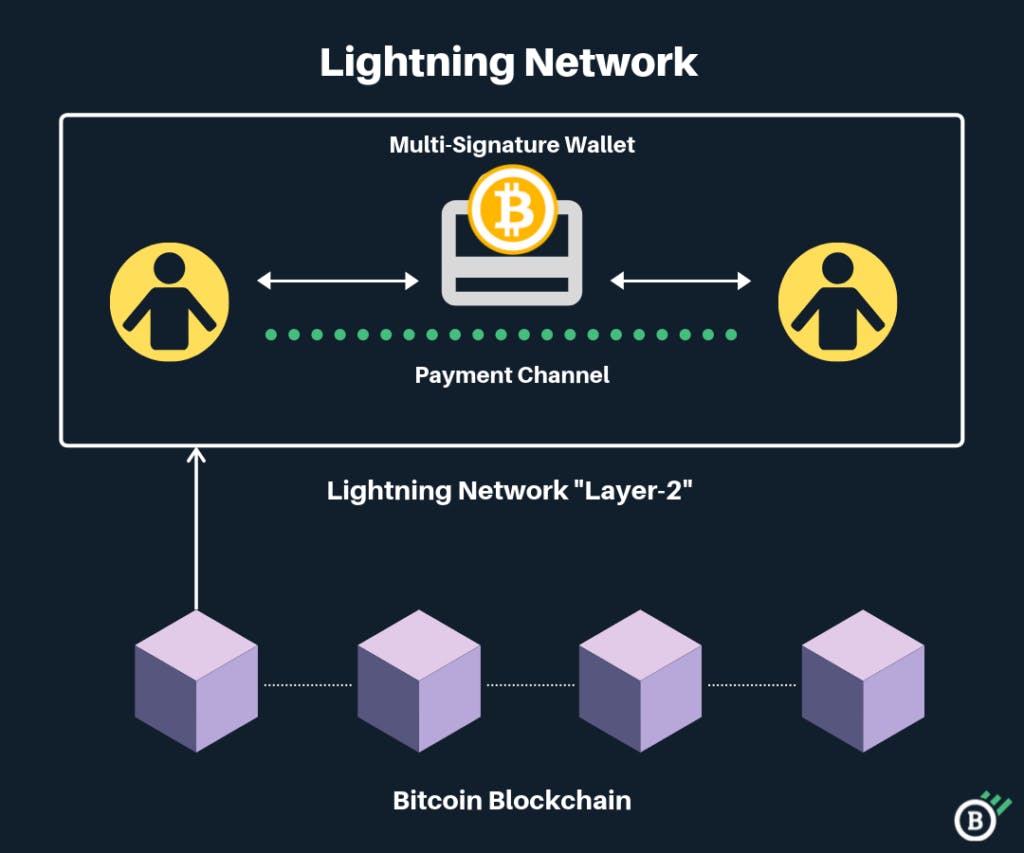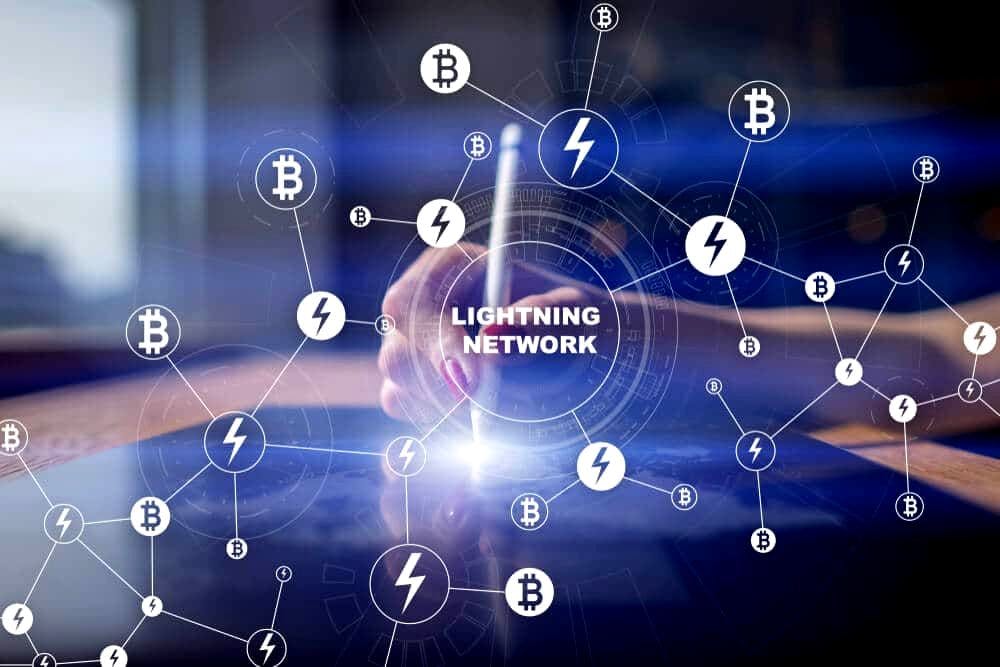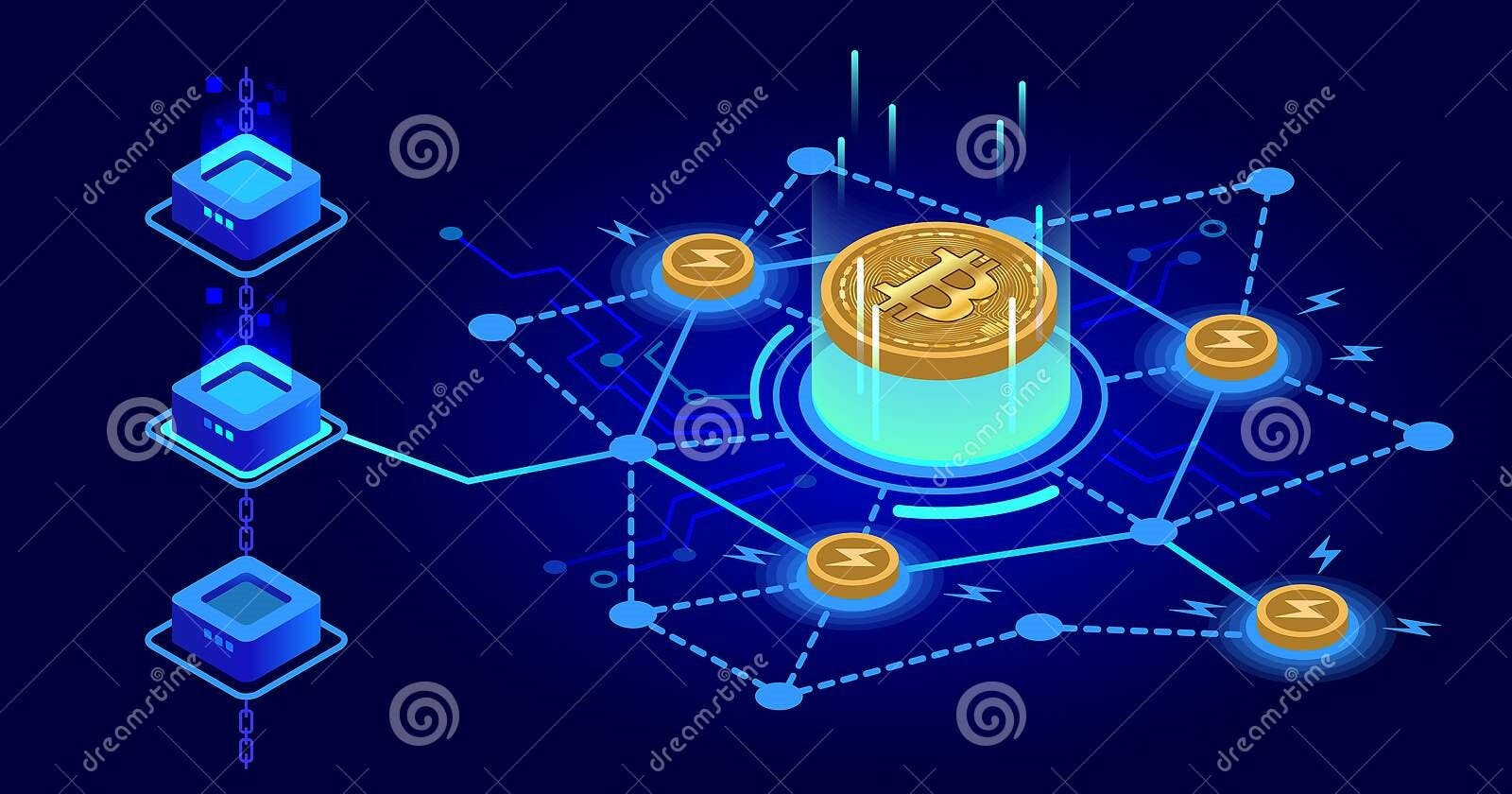If you're reading this blog, then trust me, you're gonna get so many insights about the Lightning Network like what exactly they are, why they were introduced, how they work, and almost everything related to them. I'll try to make this blog beginner friendly so that anyone can understand it, and the reason I'm writing this blog is to provide knowledge about Lightning Networks as they're a crucial part of blockchains like Bitcoin.

Lightning Network
So initially, without going much deeper into the working and use cases, let us understand what is the Lightning Network?
On top of a blockchain network like Bitcoin, the Lightning Network is a second-layer protocol that tries to address the scalability issues with blockchain technology. While preserving the integrity and decentralization of the underlying blockchain network, it enables faster and less expensive transactions.
In conventional blockchain networks, each node processes each transaction after it has been broadcast to the network as a whole. As a result, when the network gets busier, transactions may process slowly and incur hefty fees. By building a network of payment channels between users, the Lightning Network enables off-chain transactions that can be completed instantly without waiting for confirmation from the underlying blockchain network.
By creating a multi-signature transaction on the blockchain, users can open a payment channel with another user using the Lightning Network. Without having to broadcast each transaction to the entire network, they can then carry out numerous transactions simultaneously. Because the payment channel is closed before these transactions are added to the blockchain, there is less congestion and cost on the main blockchain network.

Lightning Network also supports multi-hop payments, so even if there isn't a direct payment channel between two users, they can still get paid. Instead, until it reaches the intended recipient, the payment is routed through several different payment channels.
So far, we have a nice understanding of what are "Lightning Networks"? and also how they help in scaling the Bitcoin network.
Understand "Why they were introduced?" in brief
The Lightning Network was developed to address blockchain technology's scalability issues, notably with regard to transaction processing costs and durations. By establishing a network of payment channels between users and allowing off-chain transactions without requiring confirmation by the underlying blockchain network, it makes transactions faster and less expensive. As a result, the blockchain network is less congested, transaction throughput is increased, and micropayments, safe and private transactions, and new business prospects are made possible.

Why corporate giants are crazy about Lightening Network??
The Lightning Network has caught the attention of powerful corporations for various reasons.
First off, compared to conventional on-chain transactions, the Lightning Network can drastically cut transaction fees and transaction times. This increases the effectiveness and efficiency of commercial transactions with clients or partners.
The Lightning Network can facilitate micropayments, which are exchanges involving extremely tiny sums of money. Businesses that depend on minor transactions, like online content providers or gaming companies, may find this handy.

Moreover, the Lightning Network can offer a safer and more private means to carry out transactions. Transactions have a lower chance of being intercepted or altered because they are not broadcast to the entire network. Businesses that deal with sensitive or confidential information may find this to be of special importance.
Businesses that demand high transaction throughput should take note of the Lightning Network's potential ability to accommodate a large number of transactions per second. For businesses trying to develop decentralized applications or payment systems on top of blockchain technology, this may be very important.
Finally, new business models and income sources like pay-per-use services, subscription models, or even streaming payments for real-time services may be made possible by the Lightning Network.
Advantages of Lightning Network!
Faster and less expensive transactions: Compared to conventional on-chain transactions, Lightning Network facilitates off-chain transactions between parties, decreasing transaction processing times and expenses.
Micropayments: The Lightning Network supports this type of transaction by allowing the transmission of very small sums of money.
Privacy: Because Lightning Network transactions are not recorded on the main blockchain, they are more private than standard blockchain transactions.
Scalability: Compared to conventional blockchain networks, the Lightning Network has the capacity to accommodate a high volume of transactions per second.
Security: The Lightning Network is more secure since transactions are not broadcast to the entire network, which reduces the possibility that they will be altered or intercepted.
Limitations of Lighting Network!
Since every technology comes with cons as well, hence there are some issues with Lightning Network as well!
Technological complexity: Some users may find the Lightning Network's requirement for a certain amount of technical understanding to be a barrier.
Funds loss: A user may lose some of their funds if their payment channel counterparty forcibly stops the channel or broadcasts an outdated state.
Risk of centralization: Because the Lightning Network relies on nodes to transport transactions, it may centralise if some nodes start to predominate.
Low network impact: To obtain widespread adoption and network effect, the Lightning Network needs business and user adoption because it is a second-layer solution built on top of blockchain networks.
Problems with routing: Because transactions are routed across numerous nodes, there is a chance that they could get stuck or fail if a routing node goes down or stops responding.
Limitations on liquidity: Users must have a specific amount of money tied up in payment channels in order to access the Lightning Network. This might restrict liquidity and preclude some use cases, such large transactions or frequent payments.
If you've read this blog so far, you've done an amazing job, I'm pretty much sure that you grasp the fundamentals and now you're having an adequate amount of knowledge about Lightning Networks!'
Now its time for some self-promotion 🤣🤣
So If you like this blog, do share it with your audience and leave a thumbs up👍 also to get amazing technical knowledge, follow me as well😅
You can also checkout my other socials Here
